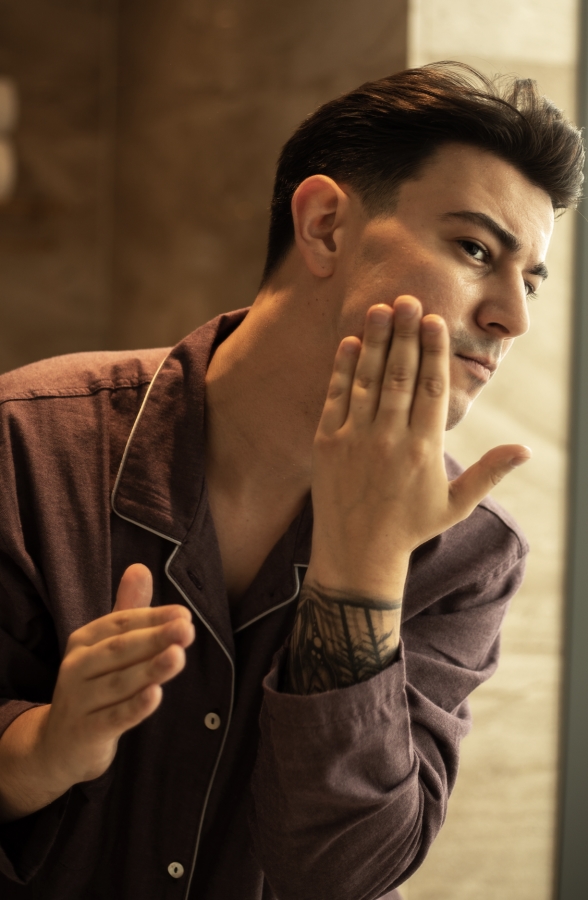
It can be discouraging to try to create the beard you really want when you're fighting a thin beard.
Men from all walks of life are struggling to develop the big, thick beard that has become increasingly popular in recent years. A thin beard can be caused by a variety of factors, including patchiness, bald spots, inherent thinness, and even the side effects of medical disorders and medications. Sometimes the most difficult part is figuring out what's causing the problem.
Disclosure: An abrupt change in the thickness of your beard could indicate a variety of health issues, which should be examined with your doctor right away. Hair and skin changes might be some of the first symptoms of a change in the body.
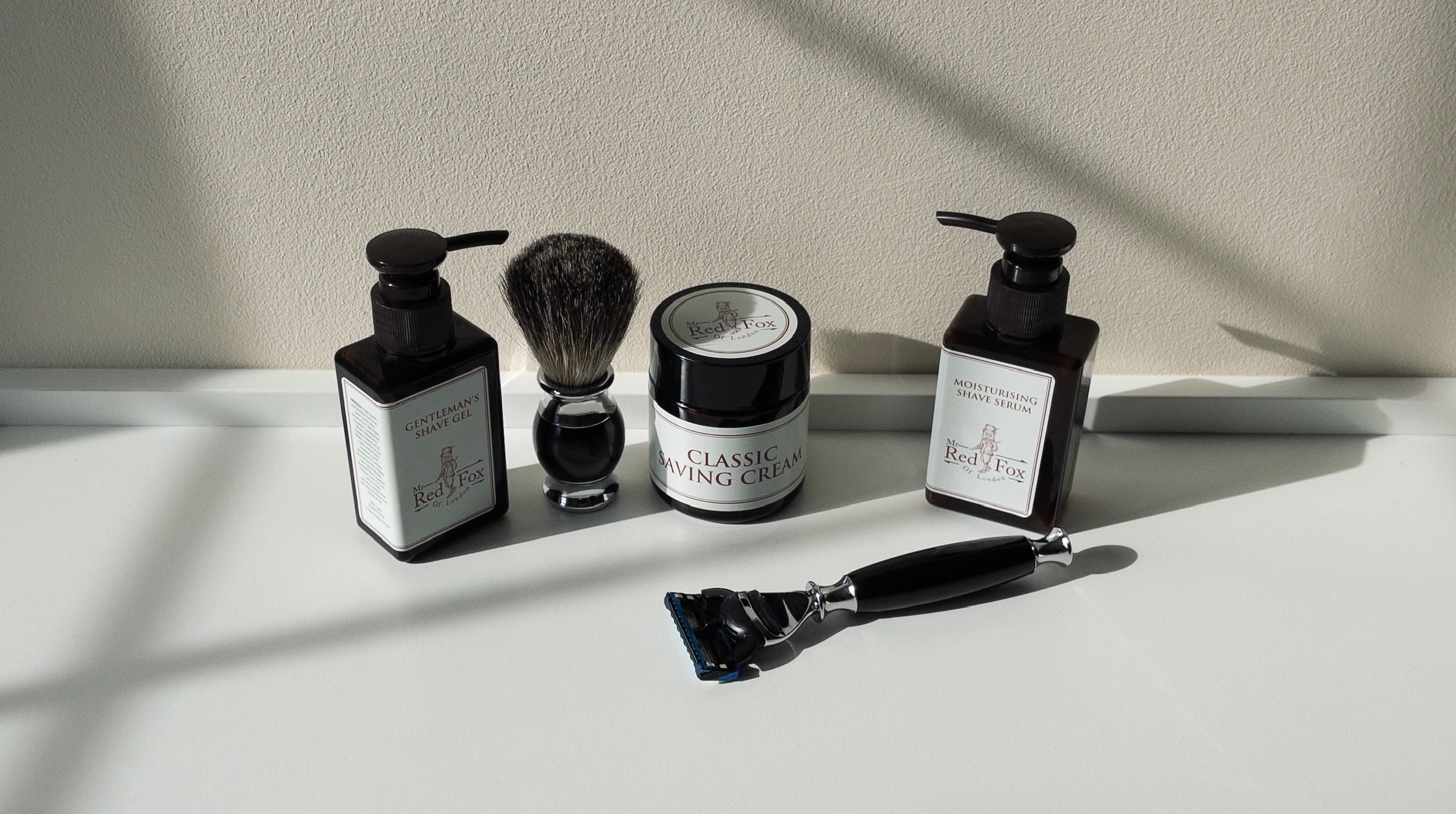
Types of Thinning
Thinning isn't the same for everyone. There is a form of thinning that you may recognise, whether you have only lately noticed your beard is thinner or have always had a thinner beard. Before moving on to more specific causes and treatments, we'll go through some of the many types of thinning you might be experiencing and some tips to help you deal with it.
Beard Hairs with a Finer Texture
Some of us are dealt the hand of finer hair development, while others are dealt the hand of thick coarse facial hair. Finer hairs, even if you have a lot of them, will normally appear thinner than other varieties of hair. Fine hair is prevalent in the early stages of beard growth, although some men may have fine facial hair for the rest of their lives. There are a few ways to make your beard appear thicker, and we'll go over a few of them shortly.
The Dreaded Patch
Hair on the face, like hair on the rest of the body, grows at different speeds. If you're new to bearding, you could notice that some portions of your beard are thinner than others. It's possible that you'll have certain regions where hair simply won't grow. Patchy beard is a term used to describe this type of beard.
Depending on where the patches are located and the style of beard you want to develop, you can deal with a patchy beard in a variety of ways. Growing the surrounding hair to cover the place is a frequent approach to deal with patchiness or bald spots. Hairstyles that are designed to disguise balding or thinning hair on the head are similar to this concept.
Another alternative is to style and cut your beard in such a way that the patchiness is incorporated. This is especially beneficial if the patches are on the cheeks or neck. It could be as simple as lowering your beard line to make room for the thinner growth areas.

Beards with a lighter colour scheme
Lighter-colored beards can easily appear thinner than beards with darker hair, as fair-haired people are aware. If the sole reason your beard appears thin is because of its hue, consider dyeing it a deeper shade to make it appear thicker. You can also make use of some of the suggestions listed below.
Hair Loss in Excessive Amounts
Every strand of hair grows in a cycle. The hair falls out at the conclusion of its cycle, allowing new hair to grow in its place. Some people may find that their hair is falling out faster than usual.
What is the definition of normal hair loss?
On any given day, normal beard hair loss might range from 5 to 20 hairs. This depends on the state of your beard, your beard care routine, your grooming habits, and where the majority of your beard hair is in its growth cycle.
Men with beards that grow at a consistent rate may notice periods where they appear to be losing more hair. This happens because the hair cycles are so close together that new hairs appear at the same time. With regular hair loss, the overall appearance and thickness of the hair should not change noticeably in a short period of time.
Causes and Treatments of a Thin Beard
Now that we've covered the different types of thinning, let's look at some of the factors that could make your beard thin in general or abruptly start to thin. While this list does not contain all possible causes for thinning beards, these are the most typical problems that beard growers experience.
Genetics
A thinner beard is genetically predisposed in some guys.
Genetics, like the finer beards discussed above, might cause your beard to become thinner, resulting in patchiness, bald areas, or even limiting the length of your beard. The life cycle of our beard hair is heavily influenced by genetics. If you think your thin beard is due to heredity, take a look at the males in your family.
Drying Out Too Much (Heat)
Excessive heat used when styling a beard is one of the most common causes of abrupt thinning. While it's fine to use a tiny bit of heat to style and shape your beard, stay away from excessive temperatures and keep your heat styling to a minimum.
We never advocate putting a hair straightener on your beard since the heated compression can damage the hairs. Instead, use a blow dryer on a low heat setting and make sure not to leave it on one spot for too long.
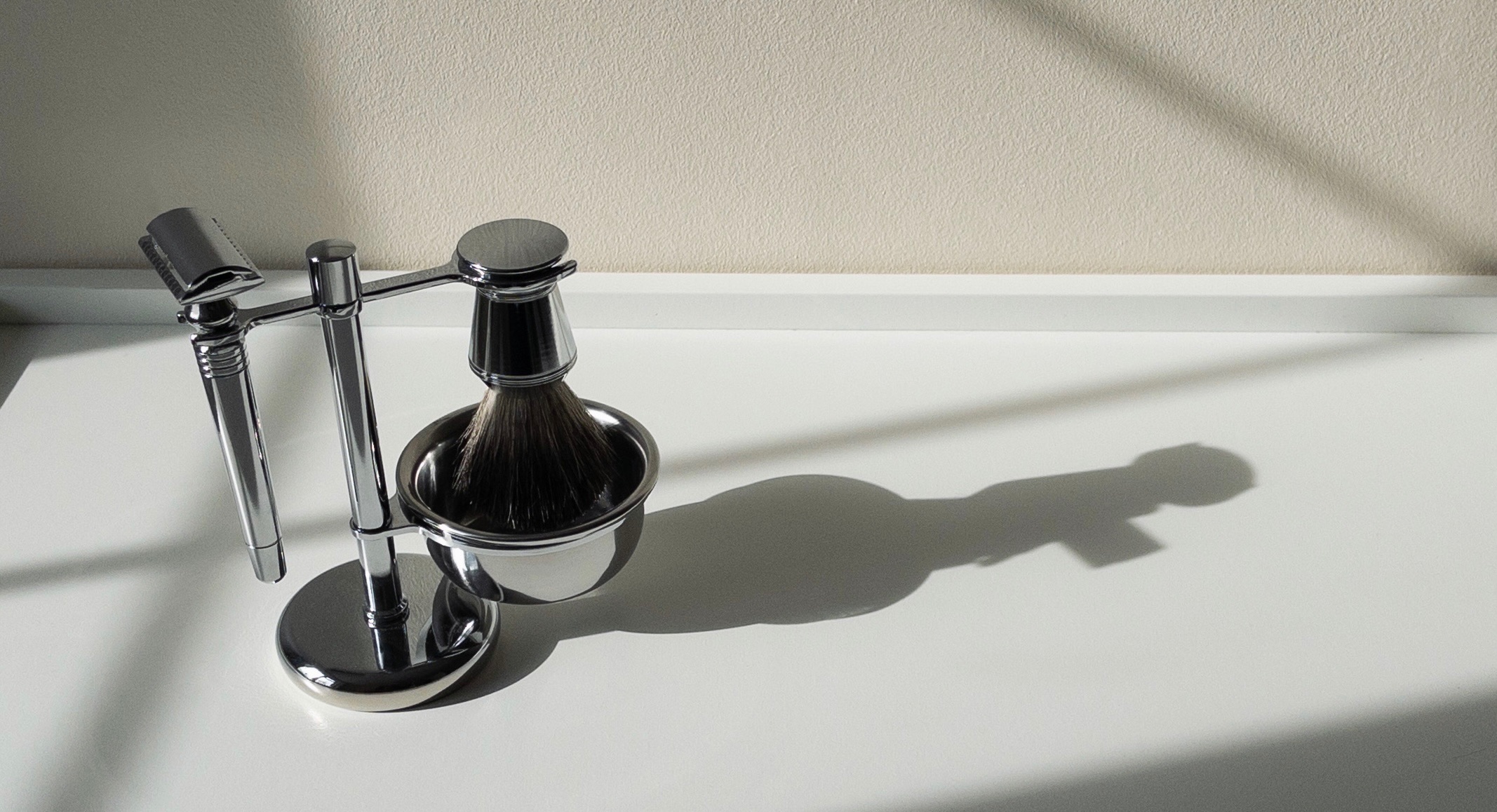
Don't Overuse your Products
Your beard can get thinner, dry, and brittle if you overuse products or use creams that contain dangerous substances. Some products or severe dryness might speed up the normal cycle of hair, causing them to ‘die off' more quickly.
To avoid damage, look for products that contain only the finest quality natural and organic components, and follow the mantra "Less is More," using the lowest amount of product necessary to get the desired outcomes.
Brushing Too Much
While we encourage brushing your beard for its numerous benefits, doing so too often might be harmful to your hair and follicles. To avoid overbrushing, limit your brushing to 1-2 times a day. You'll also want to get a good natural fibre beard brush. Brushes with synthetic or plastic bristles may snag or tug at the hair, causing it to fall out prematurely, which is the last thing you want if you're trying to lose weight.
Stress
High amounts of stress, not surprisingly, can promote hair loss in numerous areas of the body, including your beard. Stress elevates cortisol levels in the body, which lowers testosterone and DHT, both of which are necessary for facial hair growth. It's been proven that taking just a few minutes each day to rest and recover from life's stresses has a significant impact on cortisol levels.
Bad Grooming Practices
Bad hygiene and bad beard grooming habits can lead to a variety of issues, including a thinner beard. Establishing a solid, consistent grooming practise that properly cleans and conditions your beard is the best course of action here. Refer to one of our many articles on beard care, such as The Best Products for Beard Growth or 3 Months to a Great Beard, for help building a routine.
How to Make Your Beard Look ‘Thicker'
You've probably heard the expression, "Fake it til you make it." You can use the same method to make your beard look and feel thicker until you achieve the look and feel you like. Here are a few tips to help you do just that.
Reduce the length of your beard
We understand that the prospect of shaving your beard is probably the last thing on your mind. However, if your beard hairs are exceptionally thin or sparse, the longer you let them grow, the more conspicuous they will become. Trimming your beard shorter until you can increase its development may be one technique to make it appear fuller, or at the very least not as thin.
Texture is important
Carefully teasing your beard hair is a non-product approach to enhance quick volume, and we'll employ an 80s throwback here. To texturize your beard, you can use a variety of products. The most frequent are listed below.
Dry Shampoo - Dry Shampoo coats your beard in a thin, slightly sticky layer of powder that instantly adds volume and makes it appear thicker.
Sea Salt Spray - Some people use sea salt spray to get textured beachy waves in their hair. This product can also be used on your beard to achieve similar results.
Dry shampoo and sea salt spray, in particular, can be damaging to your beard and skin. To avoid excessive dryness, thoroughly clean and condition your beard every day if you opt to use either of these products.
Your Beard Should Be Blow-Dried
I understand that over-drying can cause thinning, but properly utilising a blow dryer will not only give texture and volume to your beard, but will also protect it from damage. If you're concerned, use a good heat protectant whenever you use a hair dryer to keep moisture in.
Create a Fantastic Grooming Routine
This tip combines the previous two, but developing a good habit is essential for growing a fuller, healthier beard. When you stick to a regimen, your skin and hair follicles don't have to adjust as often and can work as they should, resulting in stronger, healthier hair.
Not only is it vital to comb your beard, but also to take good care of your skin in order to promote the general health of your skin and beard. There is, however, no need for expensive or difficult skin care products. Simply look for basic items with high-quality ingredients that are straightforward to use and that you will be more likely to include in your diet.
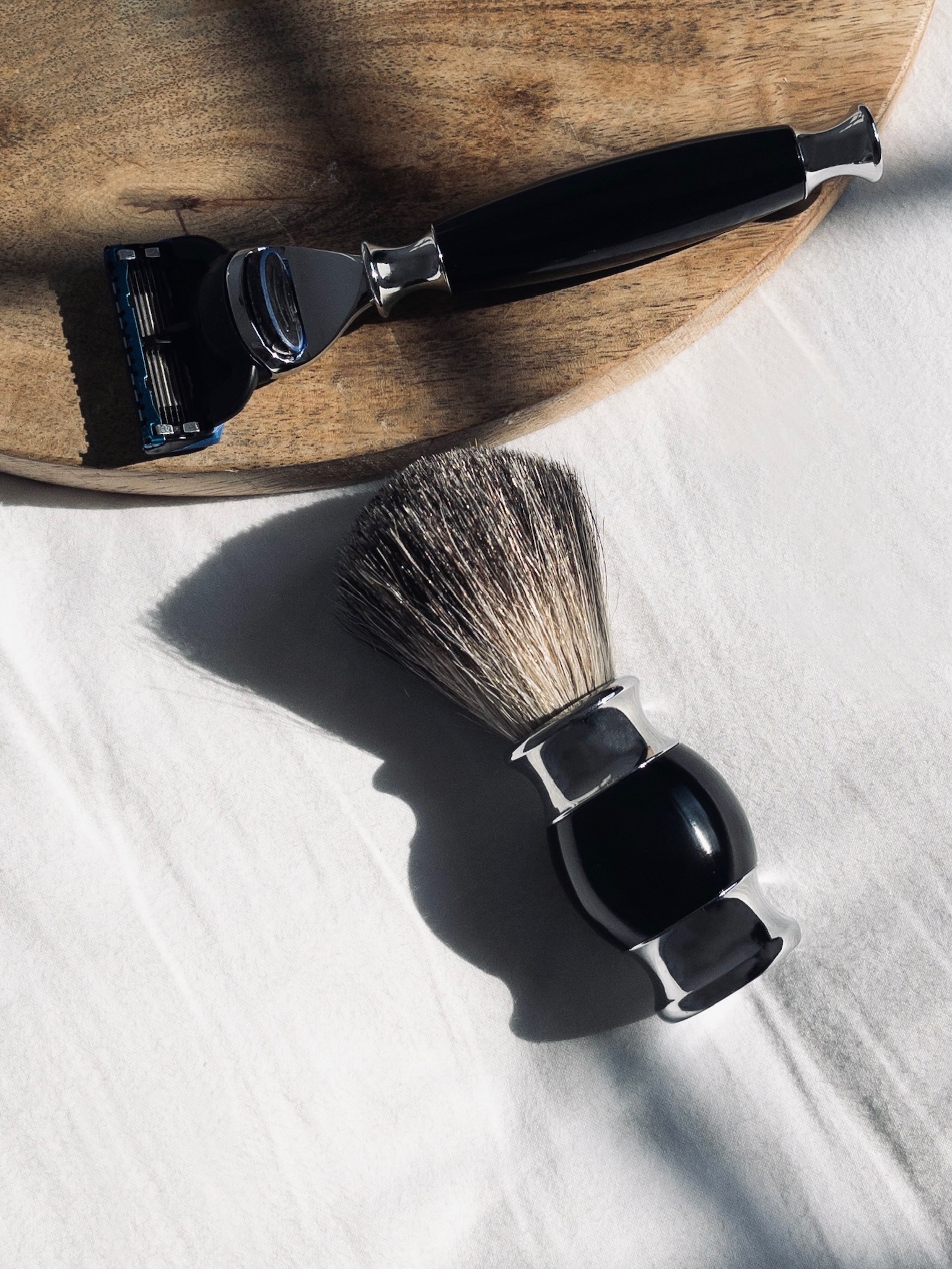
That should pretty much cover everything there is to know about dealing with a thinning beard. We hope you found this tutorial useful, whether you've been fighting for a long time or are just getting started. Being unable to grow the beard you desire can be a challenging trip for anyone, but if you can just get through it, there is a light at the end of the tunnel. On your beard adventure, we wish you the best of luck.
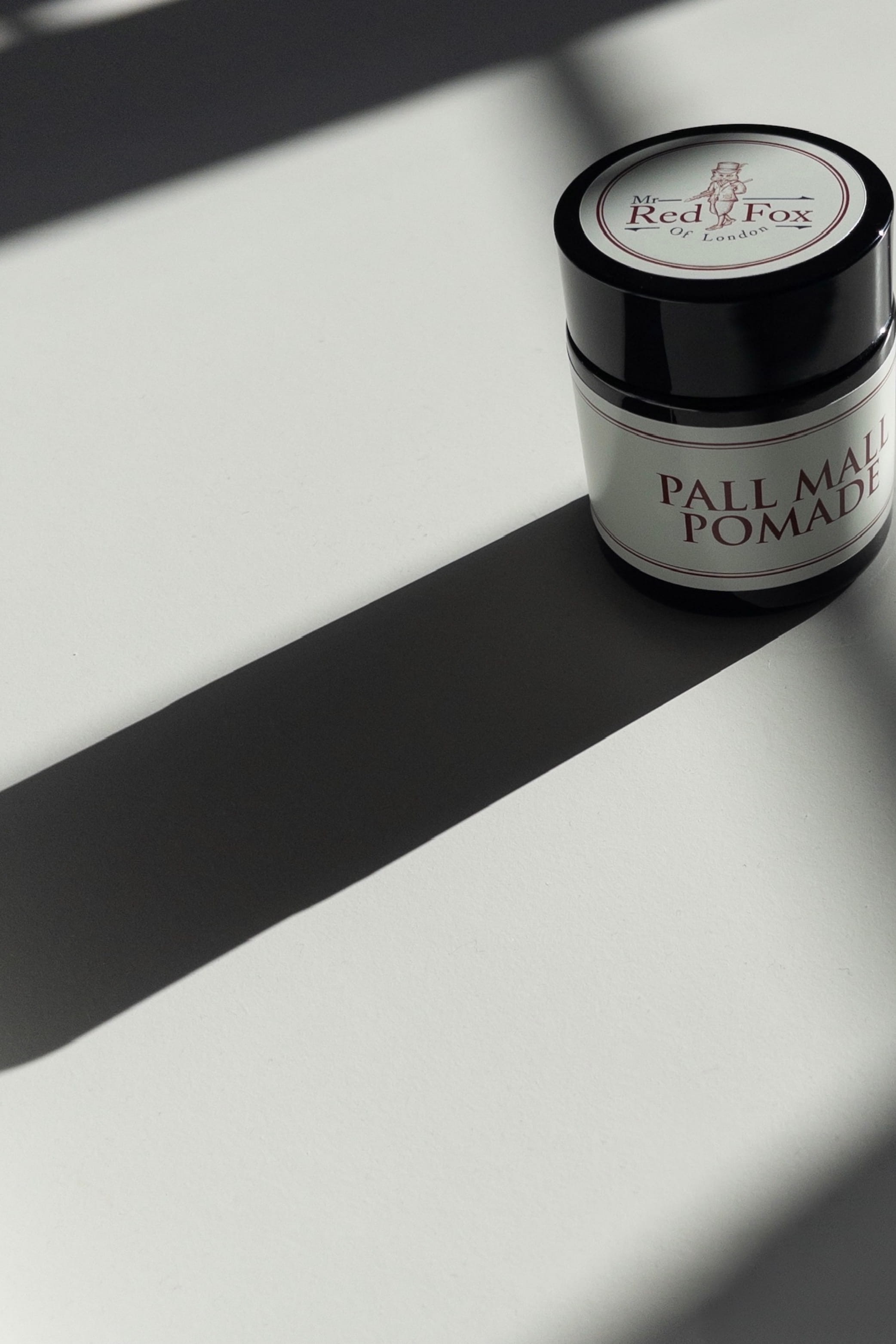
How to use Pomade
Do you have no idea how to use pomade? We've got you covered. Learn how to properly apply pomade to obtain professionally groomed hair without causing breakouts.
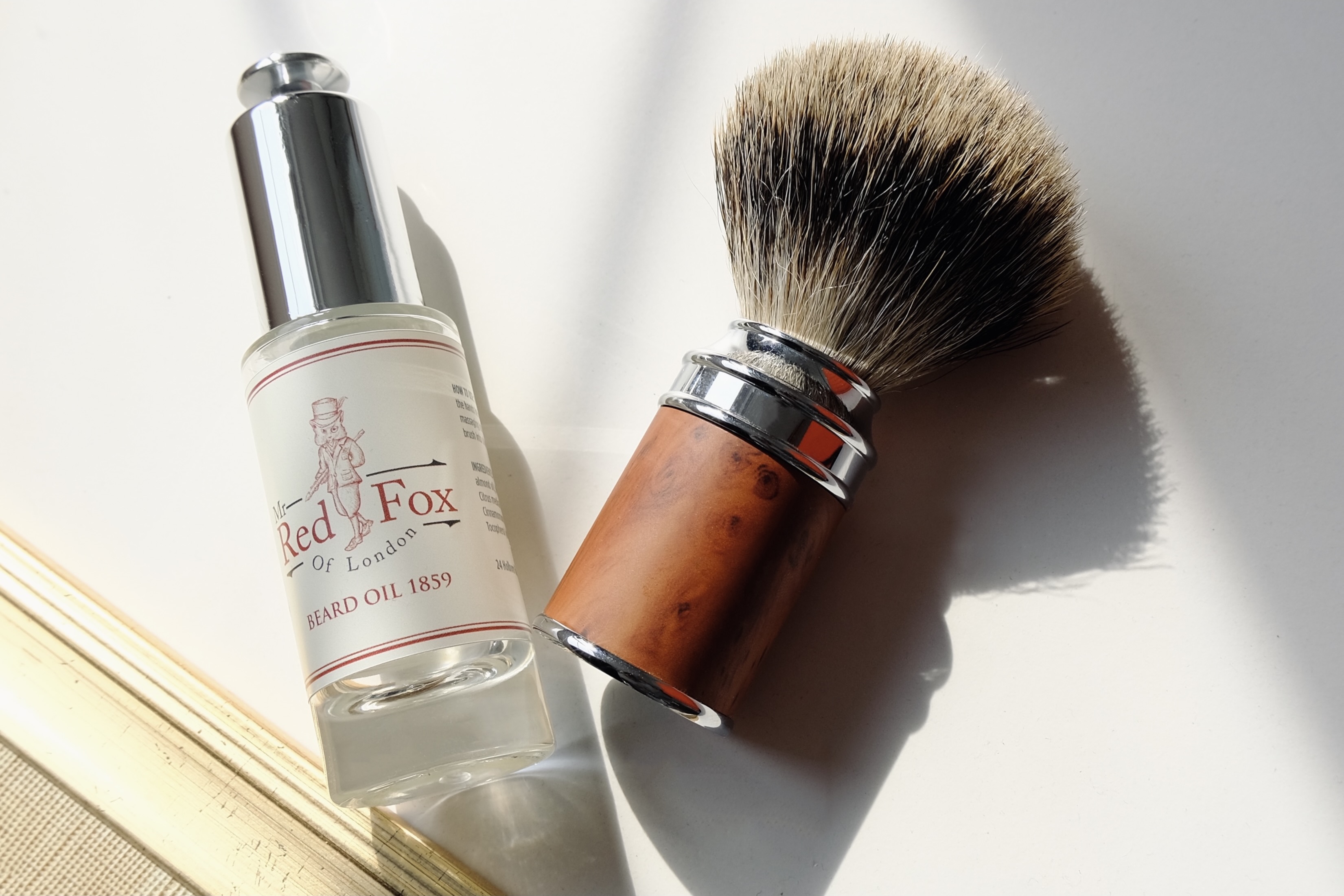
Mr Red Fox Of London and Bown Of London Collaboration
We are happy to announce our partnership with Bown Of London.





